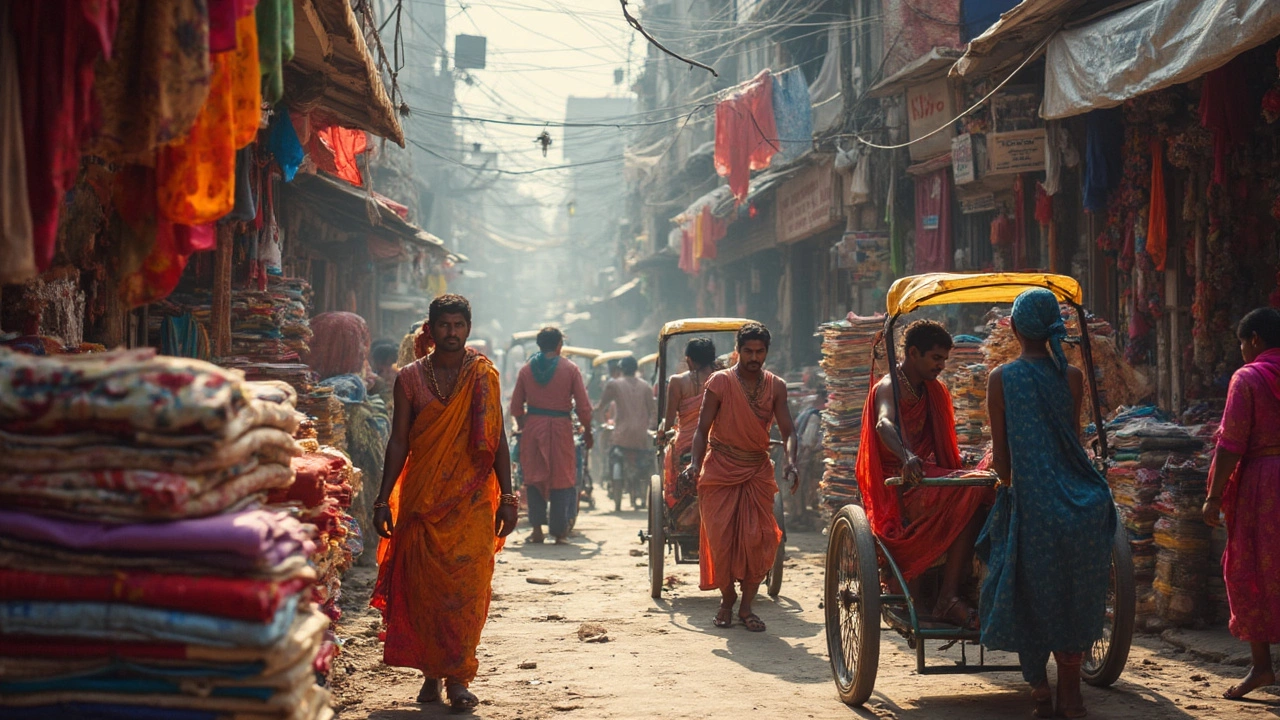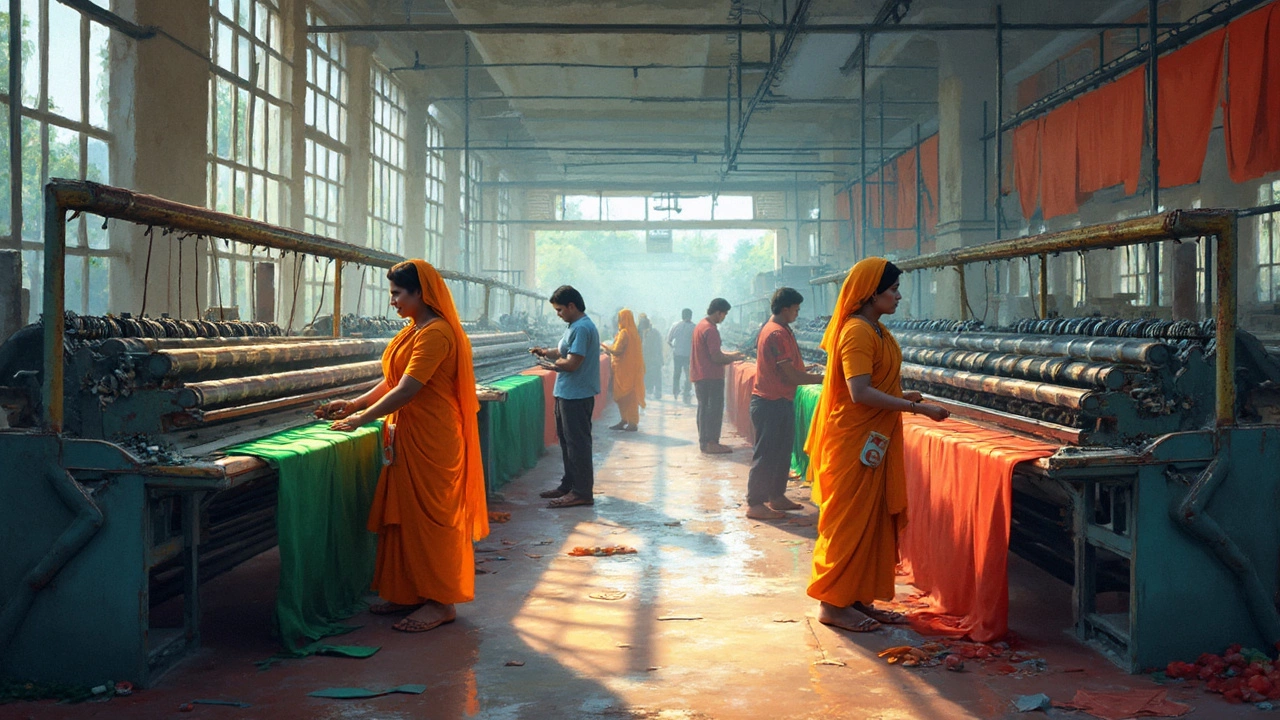- Most Processed Foods: Surprising Facts and Their Global Impact Aug 6, 2025
- Number One Selling Item in Manufacturing: Insights and Ideas Nov 28, 2024
- Global Giants in Manufacturing: Leaders Shaping the Future Feb 2, 2025
- Importing a Car to India from the USA: What You Need to Know Dec 9, 2024
- Top Small Scale Manufacturing Business Trends in 2024 Dec 4, 2024
Indian Textiles – What’s Hot, What’s Made, and Why It Matters
India’s textile scene isn’t just about colorful prints; it’s a massive engine that powers jobs, exports, and innovation. If you’re curious about which fabrics dominate the market, how they’re made, or where the next growth spurt will happen, you’re in the right spot.
Top Fabrics Shaping the Indian Market
Silk, cotton, and wool are the big three, but each has a story. Pure cotton from the Punjab plains still rules everyday wear because it’s breathable and cheap to produce. Silk, especially from Varanasi and Mysore, commands premium prices thanks to its shine and the hand‑loom skills behind it. Then there’s raw and blended wool from the Himalayan regions, prized for warm winter gear.
Beyond the classics, you’ll see a rise in sustainable blends like bamboo‑cotton and Tencel. Designers love these fabrics for their eco‑friendly vibe, and factories are quick to adopt because they cost less to dye and finish.
How the Industry Is Going Green
Environmental pressure is forcing change. Traditional dye houses use massive water and chemicals, but new closed‑loop systems recycle up to 90% of the water and cut chemicals by half. Many small weavers are joining cooperative groups that fund solar‑powered looms, cutting electricity bills and carbon footprints.
Government schemes like the Technology Upgradation Fund (TUFS) give low‑interest loans for green upgrades. If you’re looking to source fabrics, ask suppliers about their water‑recycling rates and energy sources – it’s a quick way to gauge sustainability.
Finally, digital tools are reshaping the supply chain. AI‑driven demand forecasting helps factories avoid over‑production, which means less waste. Online marketplaces now let you trace a fabric’s journey from farm to finished product, giving buyers confidence in ethical sourcing.
Whether you’re a designer, exporter, or just a curious shopper, knowing these fabric trends and green shifts helps you make smarter choices. Indian textiles are evolving fast, and the next breakthrough could be just a loom away.
Textile Capital of India: Where the Fabric Magic Happens
- Aarav Sekhar
- May 27, 2025
Trying to find the main hub of the Indian textile world? This article digs into which city owns the title of 'textile capital of India' and why. You'll discover how it gained this fame, what makes its textiles stand out, and what the actual working life looks like there. We’ll also show you where the real manufacturing action happens and give you tips if you’re looking to connect with suppliers or start your own textile journey. Concrete info, no fluff—just what you need to know about India’s textile powerhouse.
Gujarat Famous Cloth: The Story Behind India's Textile Powerhouse
- Aarav Sekhar
- May 25, 2025
Gujarat is a giant in the Indian textile scene, best known for its colorful and creative fabrics like bandhani and Patola. This article breaks down what makes Gujarat’s cloth unique, from the traditional techniques used to their global impact. Get familiar with must-know textile hotspots and find out which types of cloth you should check out if you want a real taste of Gujarat. Whether you're a buyer, a traveler, or just curious, you'll walk away with handy tips and surprising facts. The journey of Gujarat’s textiles is more than just fabric—it's full of culture, innovation, and craft.
Who is the King of Textiles?
- Aarav Sekhar
- Apr 16, 2025
Uncover the dynamic world of India's textile industry, where historical roots meet modern innovation. Explore major players shaping the sector and discover why India holds a pivotal role in global textile production. With insights into the balance between tradition and technology, this article offers a detailed look at the factors that place these manufacturers in a league of their own.


